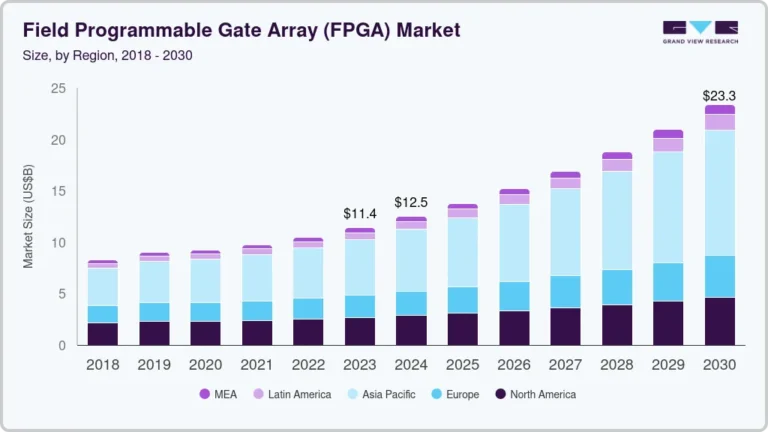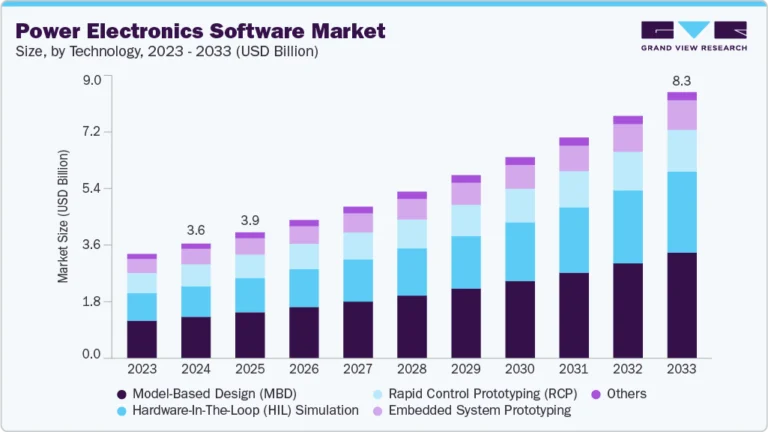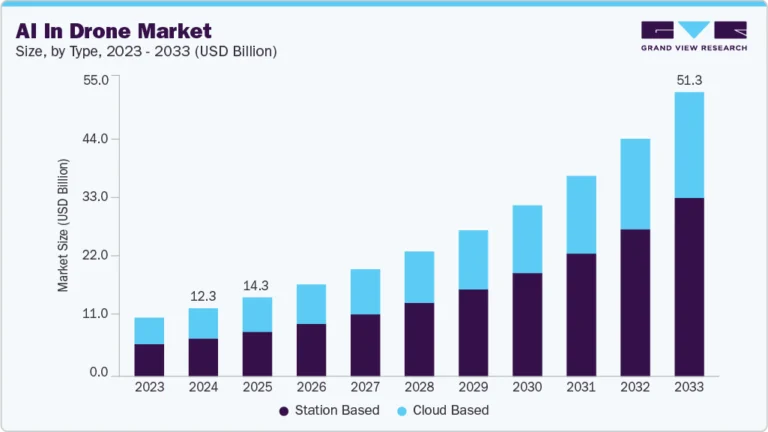Microcarrier Beads Market Size, Share & Trends Analysis growing at a CAGR of 10.90% from 2025 to 2030

The global microcarrier beads market size was estimated at USD 1.25 billion in 2024 and is projected to reach USD 2.31 billion by 2030, growing at a CAGR of 10.90% from 2025 to 2030. The market growth is driven by increasing demand for cell-based therapies, advancements in biopharmaceutical manufacturing, and the rising adoption of microcarrier-based culture systems for large-scale cell production.
Key Market Trends & Insights
- North America microcarrier beads market held the largest share of 40.05% of the global market in 2024.
- The microcarrier beads industry in the U.S. is expected to grow significantly over the forecast period.
- Based on type, the collagen-coated beads segment held the highest market share of 34.29% in 2024.
- Based on material, the natural materials segment held the highest market share in 2024.
- Based on the target cell, the CHO segment held the largest share, 32.26% in 2024.
Market Size & Forecast
- 2024 Market Size: USD 1.25 Billion
- 2030 Projected Market Size: USD 2.31 Billion
- CAGR (2025-2030): 10.90%
- North America: Largest market in 2024
- Asia Pacific: Fastest growing market
Request a free sample copy or view report summary: https://www.grandviewresearch.com/industry-analysis/microcarrier-beads-market-report/request/rs1
Moreover, growing investments in regenerative medicine and tissue engineering, along with technological innovations in microcarrier design and materials, are expected to drive market growth throughout the forecast period.
Rising Demand for Cell-Based Therapies
The rising demand for cell-based therapies is a major driver for the microcarrier beads market. Treatments such as stem cell therapy, regenerative medicine, and immunotherapy require cultivating large quantities of adherent cells for effective clinical applications. Traditional 2D culture methods are limited in scalability and efficiency, making microcarrier beads essential for providing a 3D surface that supports high-density cell growth in bioreactors. For instance, in June 2023, the University of Fukui, Japan, introduced innovative nonwoven microcarriers beads for rapid, large-scale cell culture. These mimic the vivo cellular environment, enhancing cell proliferation and nutrient circulation. This enables manufacturers to produce the billions of cells needed for therapies more cost-effectively and consistently, accelerating the development and commercialization of advanced medical treatments.
Moreover, advancements in immunotherapy and regenerative medicine have increased the need for scalable, standardized, and automated cell culture platforms. Microcarrier beads help meet regulatory requirements by supporting closed-system bioreactor cultivation, which reduces contamination risk and improves type reproducibility. Hence, as more cell therapies enter clinical trials and reach the market, the demand for microcarrier beads will continue to grow, fueled by their ability to efficiently support large-scale adherent cell expansion critical to the success of these innovative treatments.






